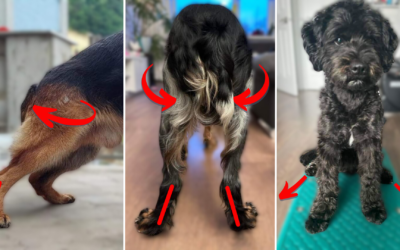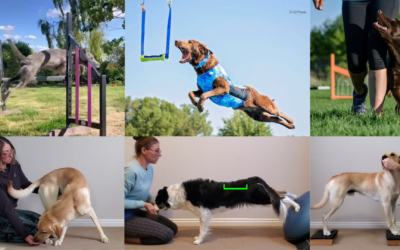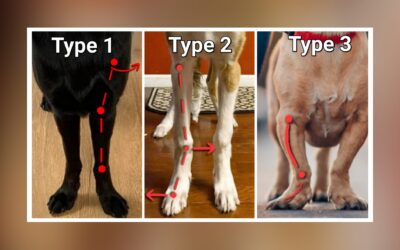Fab Four Exercises for Handlers Tight on Time!!
Tight on time? Looking to incorporate canine conditioning into your daily routine? Want to streamline your workout on work days? This is the post for you!!
This quick and easy canine workout provides a balanced exercise protocol. You can improve strength and stability though the shoulder, increase spinal mobility, and strengthen the rear end all in one quick workout.
Lets break down this simple Canine Conditioning workout:
Bow is an active range of motion exercise (AROM) to improve mobility through the shoulder flexors and extensors. It teaches spinal articulation, and improves mobility through the cervical, thoracic, and lumbar spine. Bow also lengthens the hamstring during the weight shift backward. During the weight shift forward, the hip flexors (including the psoas) are strengthened eccentrically .
Shoulder Dips work to strengthen the musculature on the front and back of the shoulder like the bicep and tricep. Because the movement is slow, and resisting gravity, this would also be considered an AROM exercise. Dips specifically work to improve mobility through the musculature in neck and shoulder blade (brachiocephalicus, trapezius, rhomboideus, etc). This musculature has a tendency to be tight/restricted in many dogs, but we can use targeted canine conditioning exercises to improve that! This exercise also strengthens the musculature in the carpus and foot (deep and superficial digital flexor), as well as the muscles that stabilize the medial shoulder.
Side Stepping targets the hip and shoulder abductors and adductors. It also works to improve the coordination of the contralateral and ipsilateral chains in the core. These muscle chains work support the spine during motion. When the front feet are elevated, as shown in the video, this exercise also helps to strengthen the gluteals and hamstrings. This position also strengthens the hip flexors in a lengthened position. Lengthening the hip flexors actively, can help address a roach or rise through the loin, returning the lumbar spine to more neutral alignment
Rock Back Sit-Push Forward Stand is a strength and power building exercise for the rear legs. It targets the musculature that supports the pelvic limb (PL). The rear leg muscles work both concentrically (moving up against gravity), and eccentrically (slowly resisting gravity), which makes this exercise great for a building strength and stability all in one.
How do I customize my Canine Workout?
The height and stability of the props should be adjusted for the structure of the individual and current fitness level. First, having the front feet and rear feet in horizontal alignment it’s going to be easier all around. Second, elevating the front feet shifts more load into the rear. This increases the workload on the rear legs. Lastly, elevating the rear feet shifts more weight into the front. This increases the workload on the forelimbs. Adjusting the height of the props allows the handler to customize the exercise for the needs of the dog. Of course, fluency should always be achieved on stable props before moving to unstable props.
Like what you see with this quick canine workout, but want to know more? Check out the Canine Conditioning Coach Video Library of over 100 canine conditioning exercises for more info on watchpoints, prerequisites, tips and troubleshooting.
And join us for Free Feedback Fridays every other Friday in our sister Facebook group Canine Conditioning and Body Awareness Exercises.
Step-By-Step Guidance
Or if you’re interested in something more comprehensive, check out my specially designed CCC Programs, which contain everything you could need to lead your pup through a safe, balanced, evidence based canine conditioning program.
Form Driving Function






0 Comments